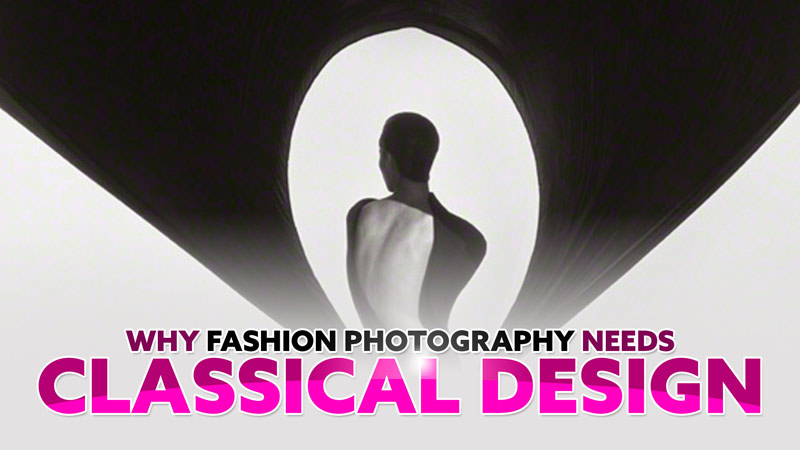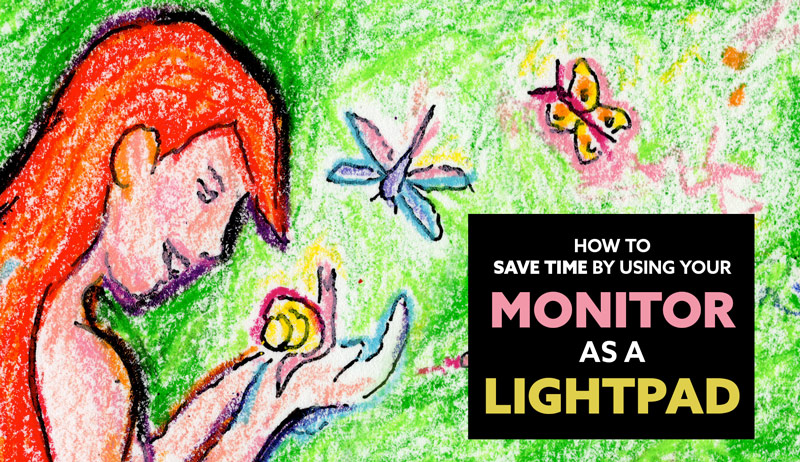Ansel Adams – Photo Composition Masterclass (Ep 1)
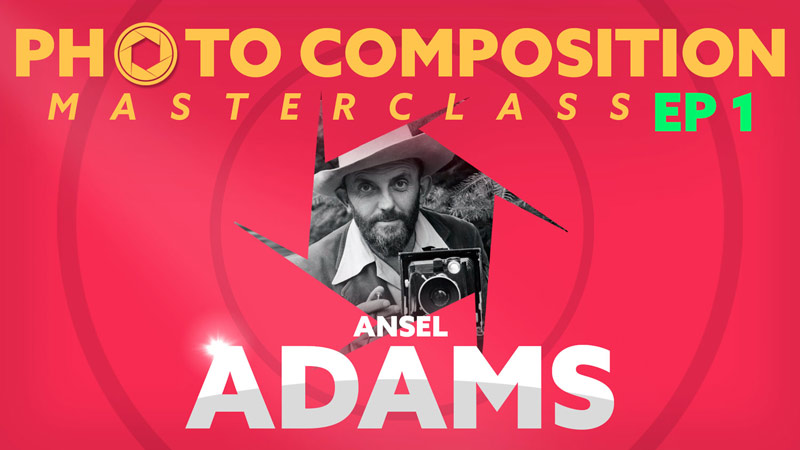
#771
Huge thanks to everyone who’s been following along—your support means a lot! It actually allows me to keep nerding out over legends like Ansel Adams and sharing his techniques with you!
In this new photo composition masterclass video series, we start with the black-and-white wizard himself—the guy who made mountains and trees look more dramatic than a Lord of the Rings flick. We’ll break down how he used composition techniques, captured light, and edited things in the darkroom. Did he make any mistakes, or was it all pure photographic sorcery? Let’s find out now!
Ansel Adams? Who Was
Before you dive into the entertaining (and sometimes hilarious) video, let’s get to know this master of photography a little better.
Ansel Adams wasn’t just some guy with a camera and a love for trees—he was basically the Jedi Master of black-and-white landscape photography. And if you’ve never seen Star Wars, well… you don’t even deserve to get that reference! 😄
Born in 1902, Adams turned America’s national parks into the supermodels of the 20th century. Cindy Crawford eat your heart out! He was obsessed with detail, lighting, and tonal range—which basically means he could make a rock look more majestic than most people’s wedding photos. While everyone else was snapping quick shots, Ansel was out there with a tripod the size of a baby giraffe, waiting patiently for the perfect light like a mountain goat with a thermos full of coffee. The man had the eye of an artist and the soul of a scientist, blending aesthetics and precision like it was no big deal.
Here’s a portrait of him—pretty normal looking, right? After an intro like that, you’d expect him to be wearing titanium armor and a cape. But nope—he’s rocking corduroy like a boss and holding his shutter release cable like it’s a long-stemmed cigarette.
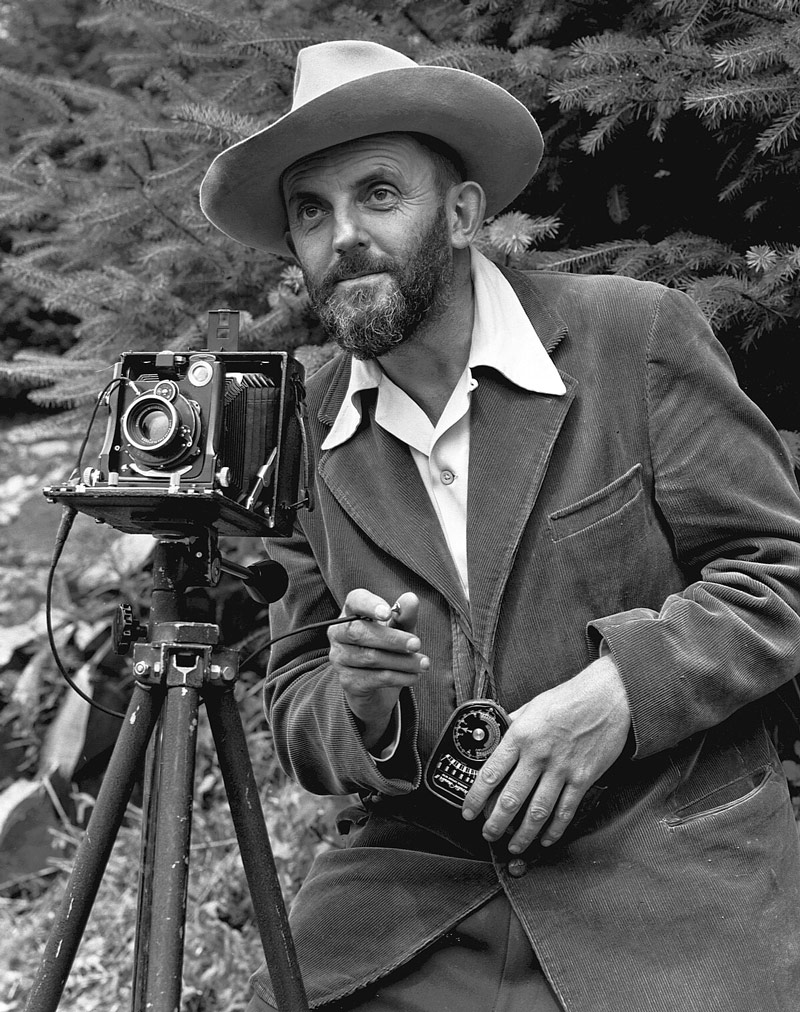
As for gear, Adams didn’t mess around. He used large-format view cameras—because for dedicated photographers, hauling 50 pounds of gear into the wilderness is just part of the fun. Great exercise too! I remember walking a mile with two backpacks of gear, a light stand, and a tripod just to shoot wedding photos at a local hotel. Good times (unless you’re my back)!
Ansel’s favorite cameras included the Korona View and later various 8×10 cameras that made even the burliest tripods tremble. He was also a co-creator of the Zone System, which sounds like a scene from the book “Roadside Picnic,” but was actually a revolutionary method to control exposure and development. We’ll see in the video that some of his darkroom techniques weren’t as controllable as the methods used today (scanning and Photoshop). So yeah, Ansel didn’t just take pictures—he composed symphonies with light and shadow. While hiking. In boots. With gear heavier than a bucket of watermelon juice.
Ansel’s favorite cameras included the Korona View and, later, various 8×10 beasts that could make even the burliest tripods tremble. He was also a co-creator of the Zone System—which sounds like something out of Roadside Picnic, but was actually a revolutionary method for controlling exposure and development.
As we’ll see in the video, not all of his darkroom techniques were as precise as what we can do today with scanners and Photoshop. But make no mistake: Ansel didn’t just take pictures—he composed symphonies with light and shadow. While hiking. In boots. With gear heavier than your ex’s emotional baggage.😬
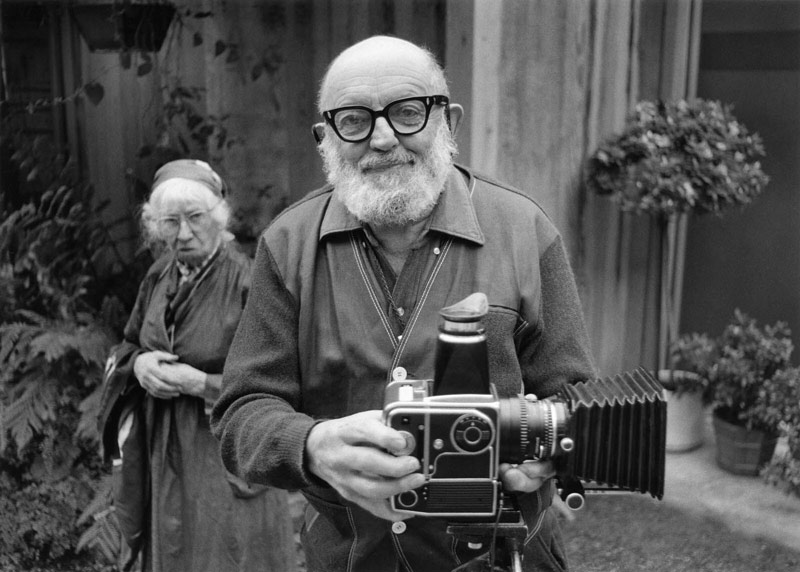
Ansel Adams Analyzed
Below you’ll find the images featured in the video. Supposedly, these are considered Ansel Adams’ top three photos—but I’d have to disagree on the first one. In the video, I break down why it doesn’t quite measure up to the brilliance of the third image.
Want to get the full benefit of the video? Take a moment to really look at these three images before hitting play. Apply what you know about composition and design. Ask yourself: Why do these work? Could they be improved? Jot down a few thoughts—then, as you watch the video, you’ll see if you were on the right track.
Look out for things like balance, contrast control, repeating diagonals, negative space, arabesques, aerial perspective, and more. Have fun with it!

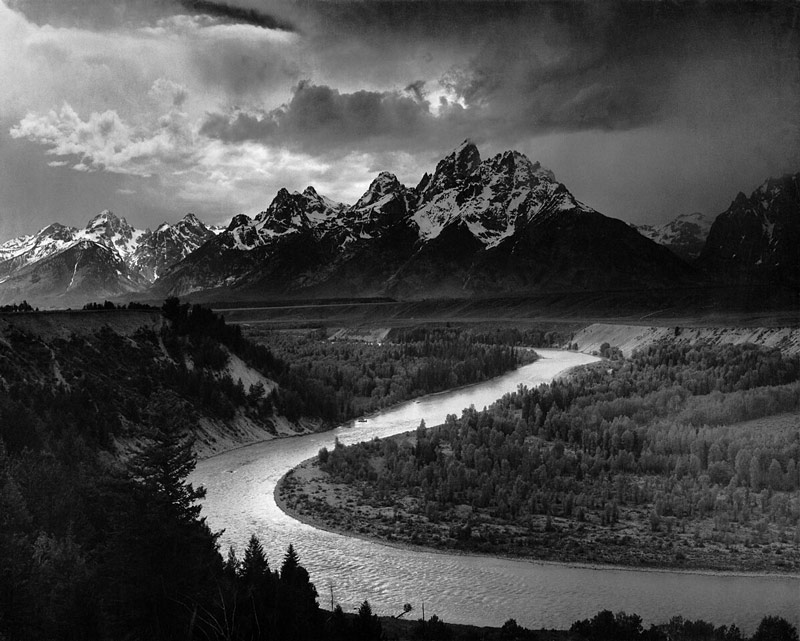

Conclusion
Thanks for joining in and taking the time to explore Ansel Adams’ work with me! Whether you’re here for the design insights or the nerdy photography chat, I appreciate you. Art is all about sharpening your eye, developing your artistic style and muscle memory, and enjoying the view along the way. See you in the next one!


